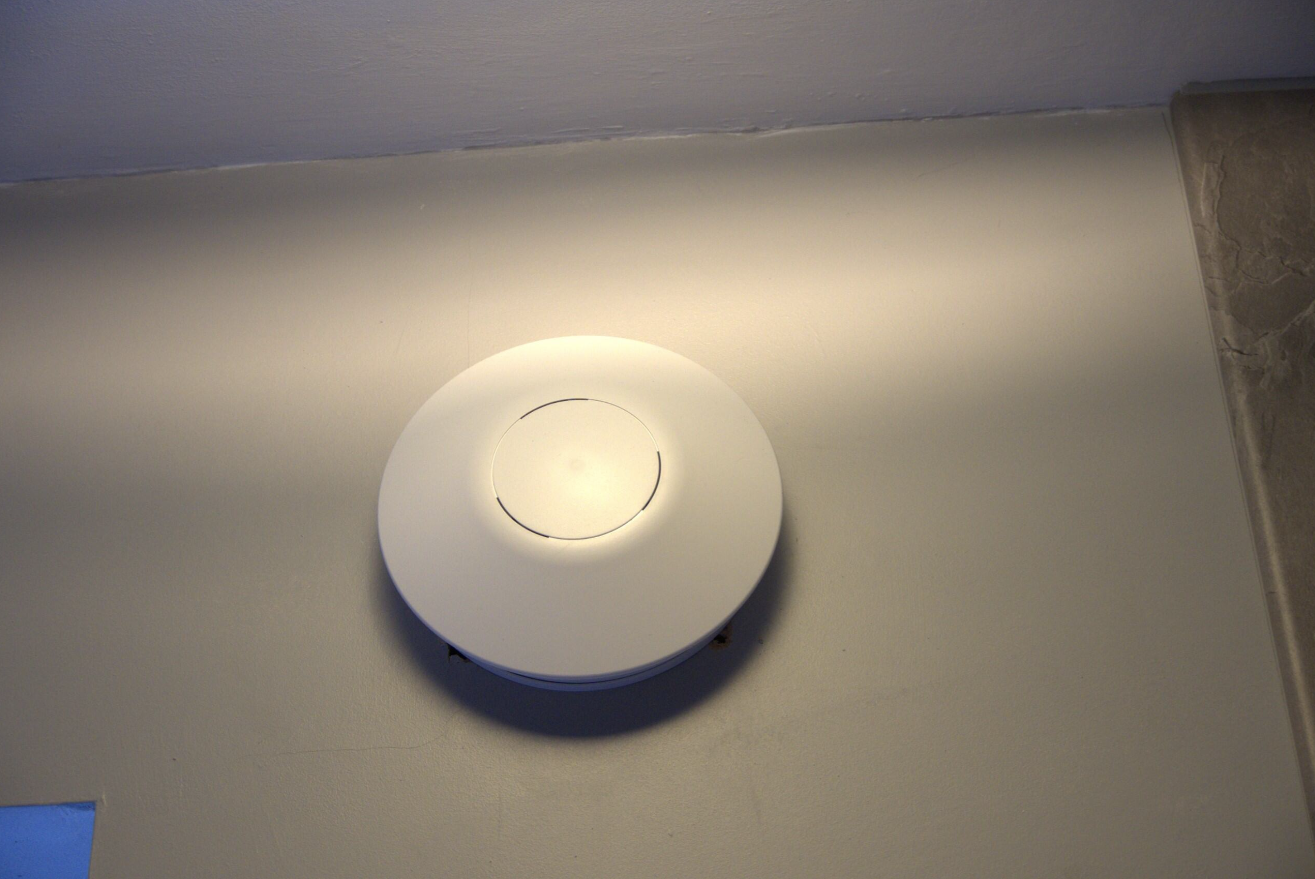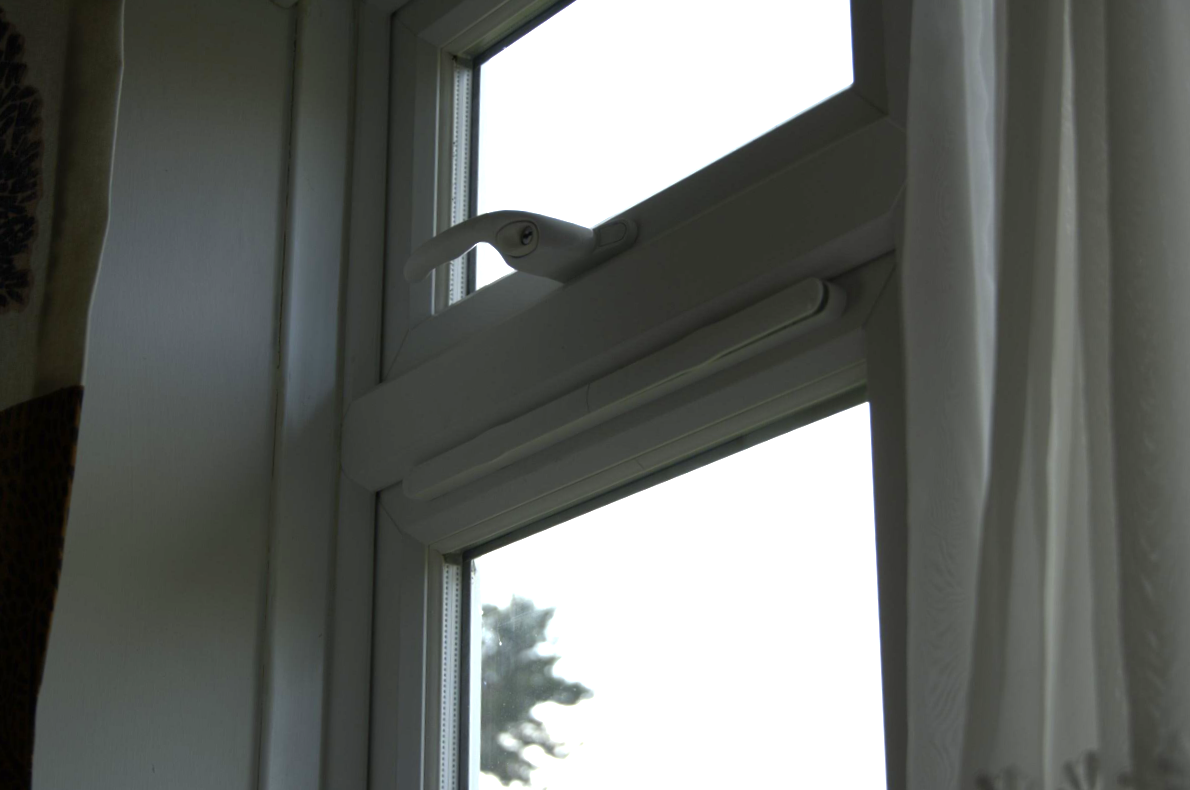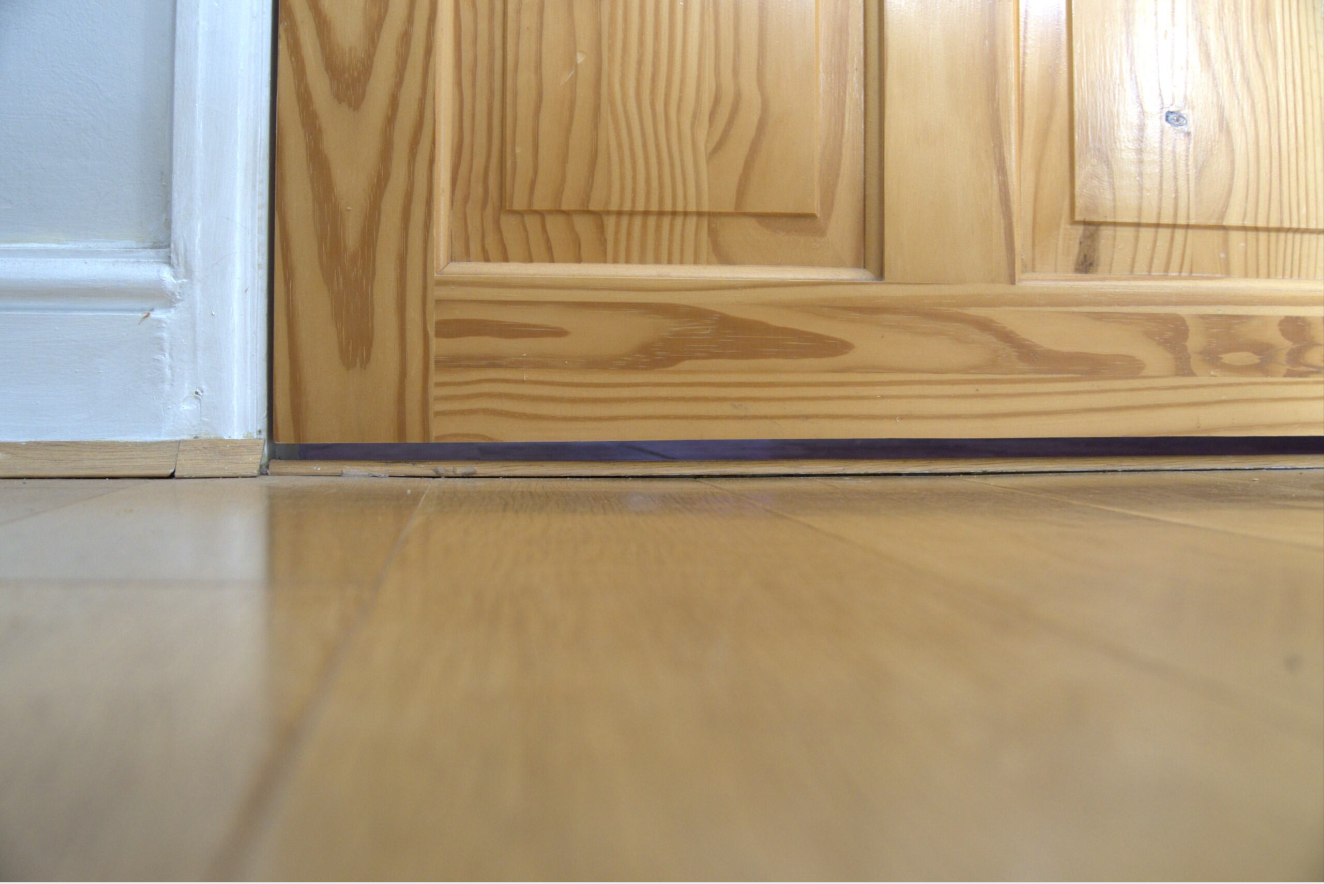Ventilation
The importance of ventilation
Ventilation allows moisture, built up from daily activities, to escape, reducing the risk of damp and mould. Any home that is thermally insulated must have sufficient airflow to maintain good air quality.
Why is it needed?
Without proper ventilation, moisture can become trapped, which then condenses on cooler surfaces like external walls and windows, leading to damp and mould. Insulation helps keep heat in your home, but this is likely to mean that the moisture contained in the warmer air will remain in your home as well. If not properly ventilated, this moisture will condense on cooler surfaces as temperatures drop, causing mould. Each home has unique needs, and the ventilation required will be determined during a survey. Please note, any funded installation cannot proceed until ventilation requirements are met, as outlined in the PAS2035:2019 industry standard.
What are the different types of ventilation?
Mechanical ventilation:
Extractor fans: Installed in high-moisture areas, such as kitchens and bathrooms, to automatically remove moisture from the air.
Moisture-controlled extractor fans: Some extractors can be moisture controlled, this means they will automatically turn on when there is moisture in the air, such as when showering.
Trickle vents: Small ventilation holes drilled into window surrounds, easy to install and effective at improving airflow.
Door undercuts: A 10mm gap at the bottom of doors allows air to flow throughout the home with doors are shut.
Background ventilation: Simple wall vents installed at the top of walls in habitable and wet rooms allow air to travel in and out of the property.
Top tips to reduce moisture in the home
For more information and tips to reduce damp and condensation click here: Fixing damp and condensation - Energy Saving Trust



